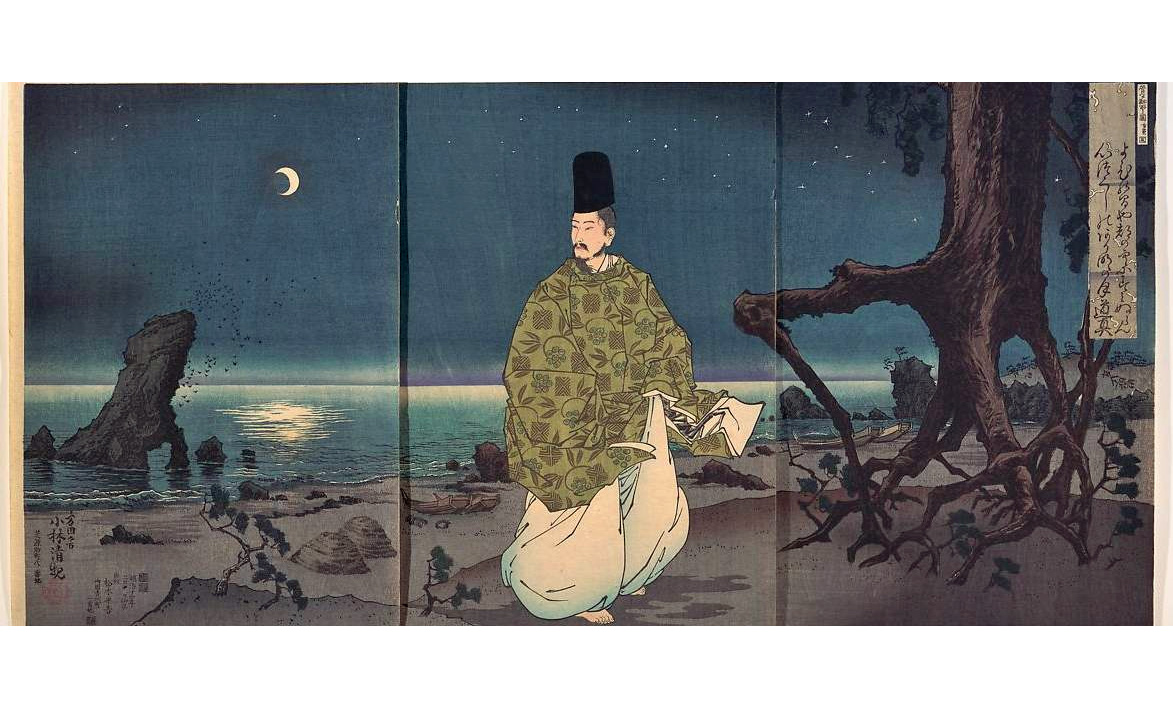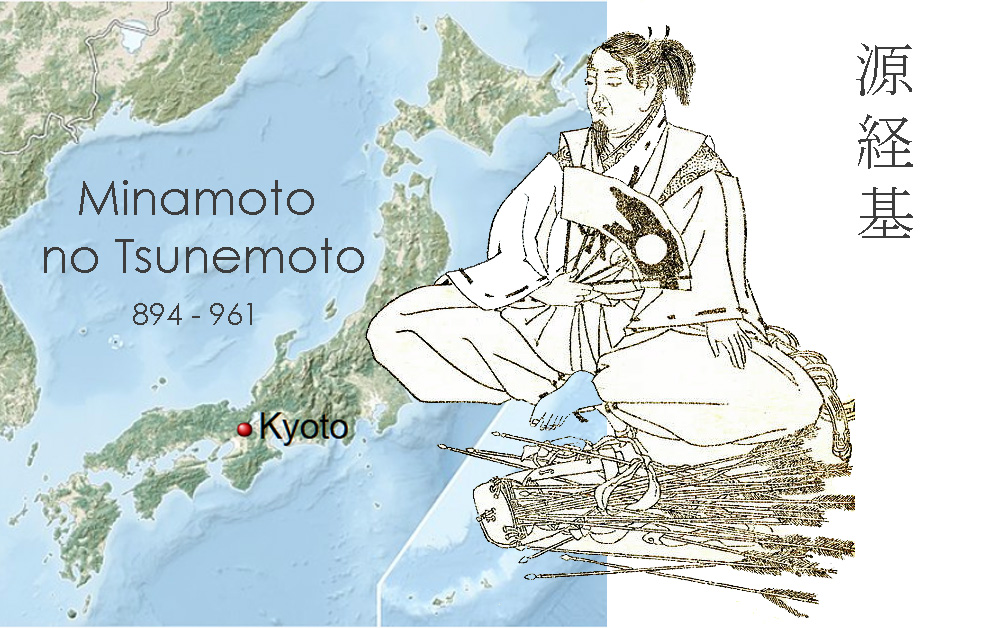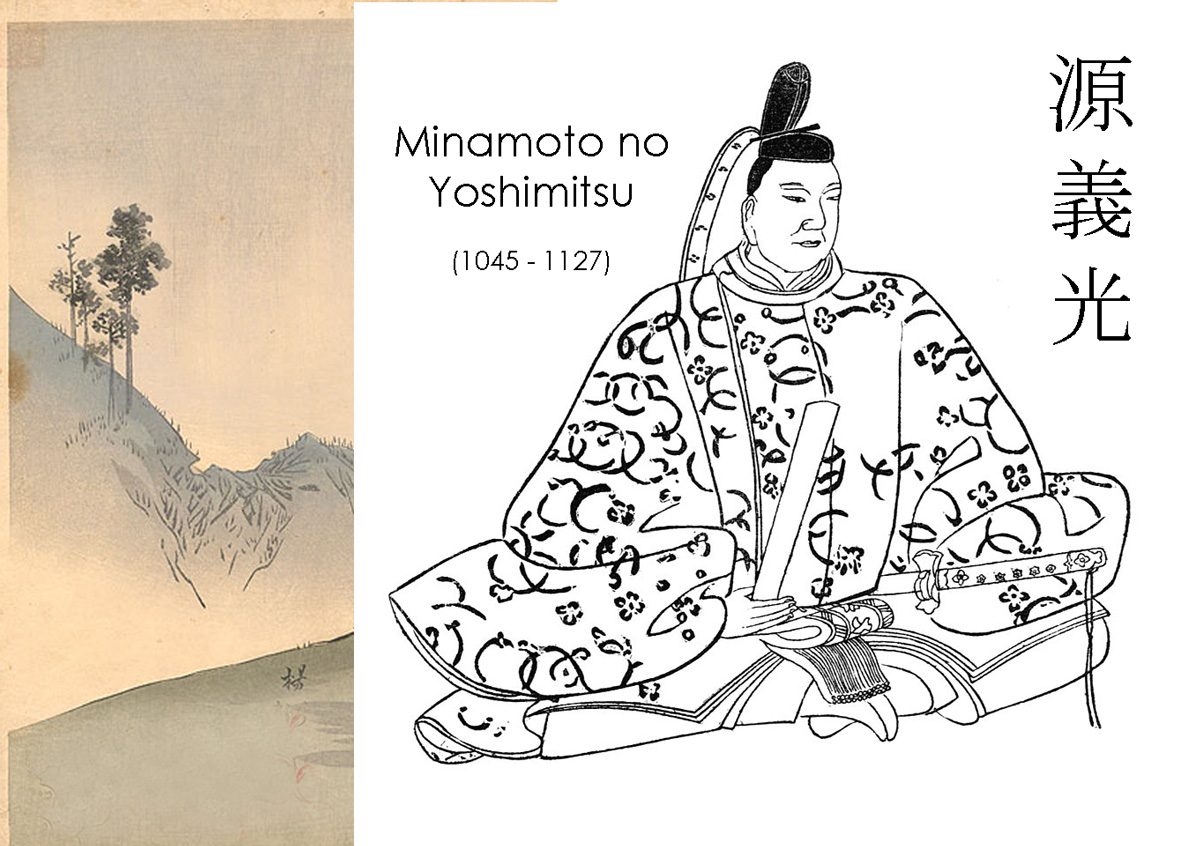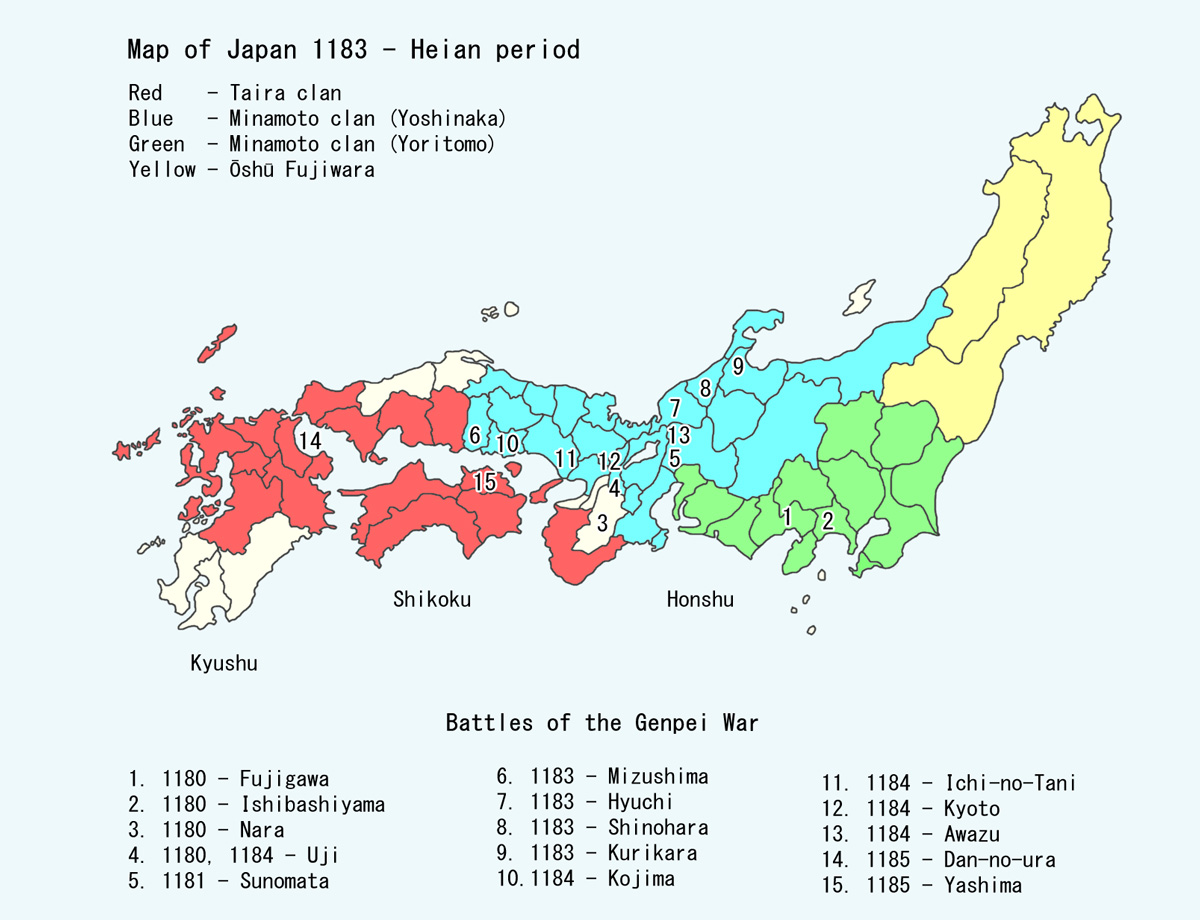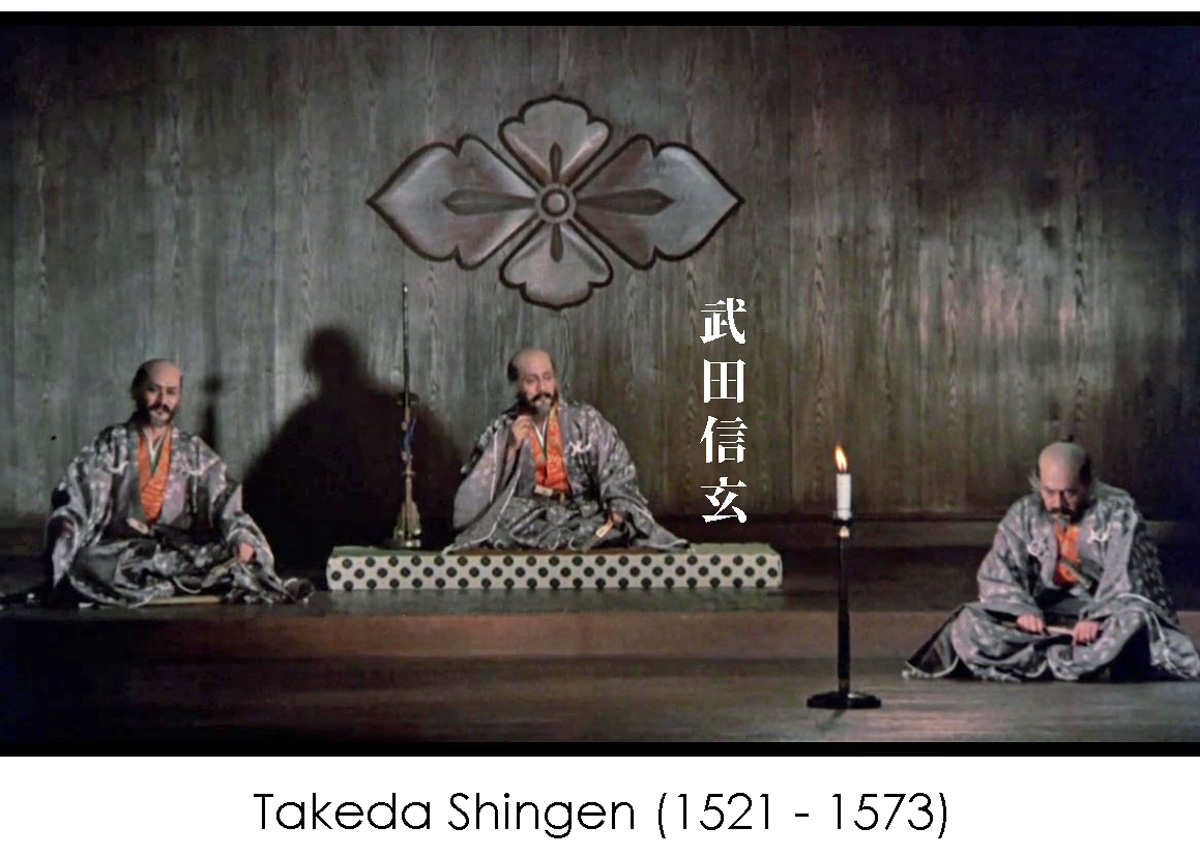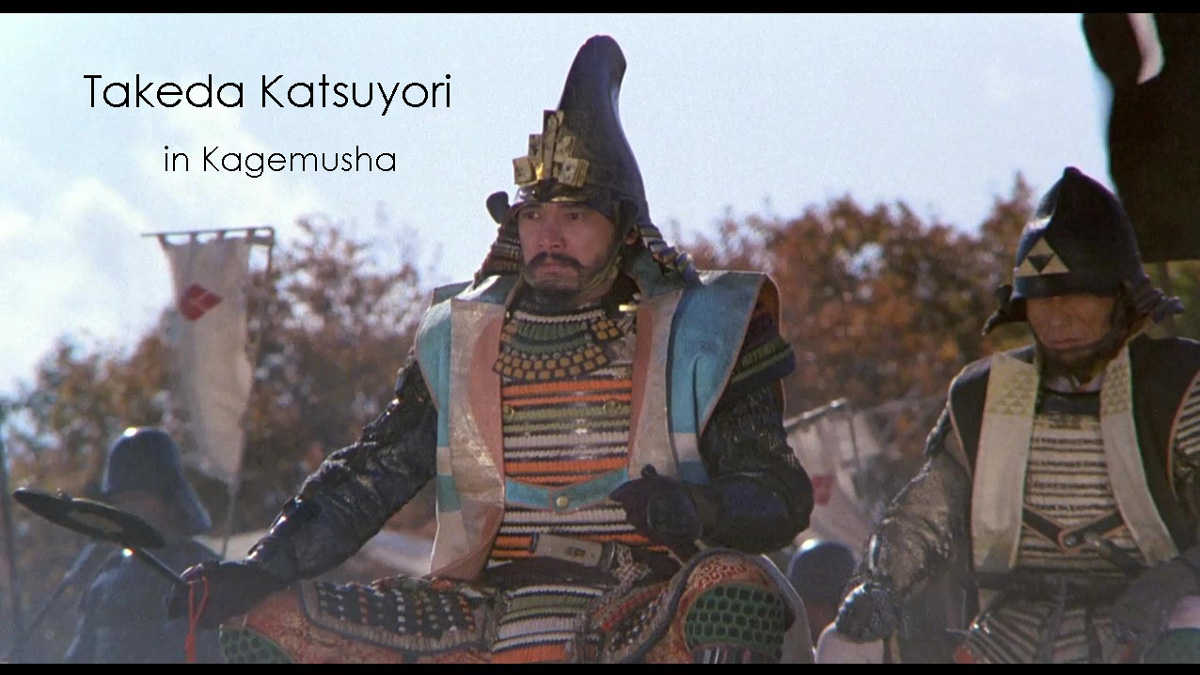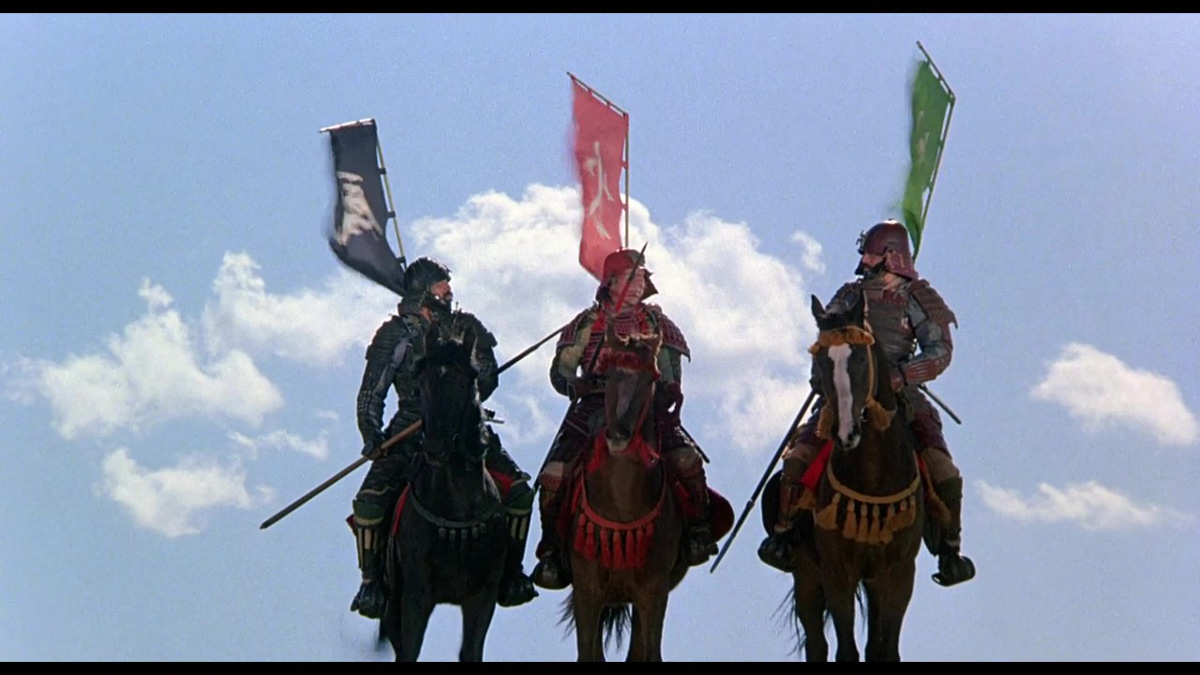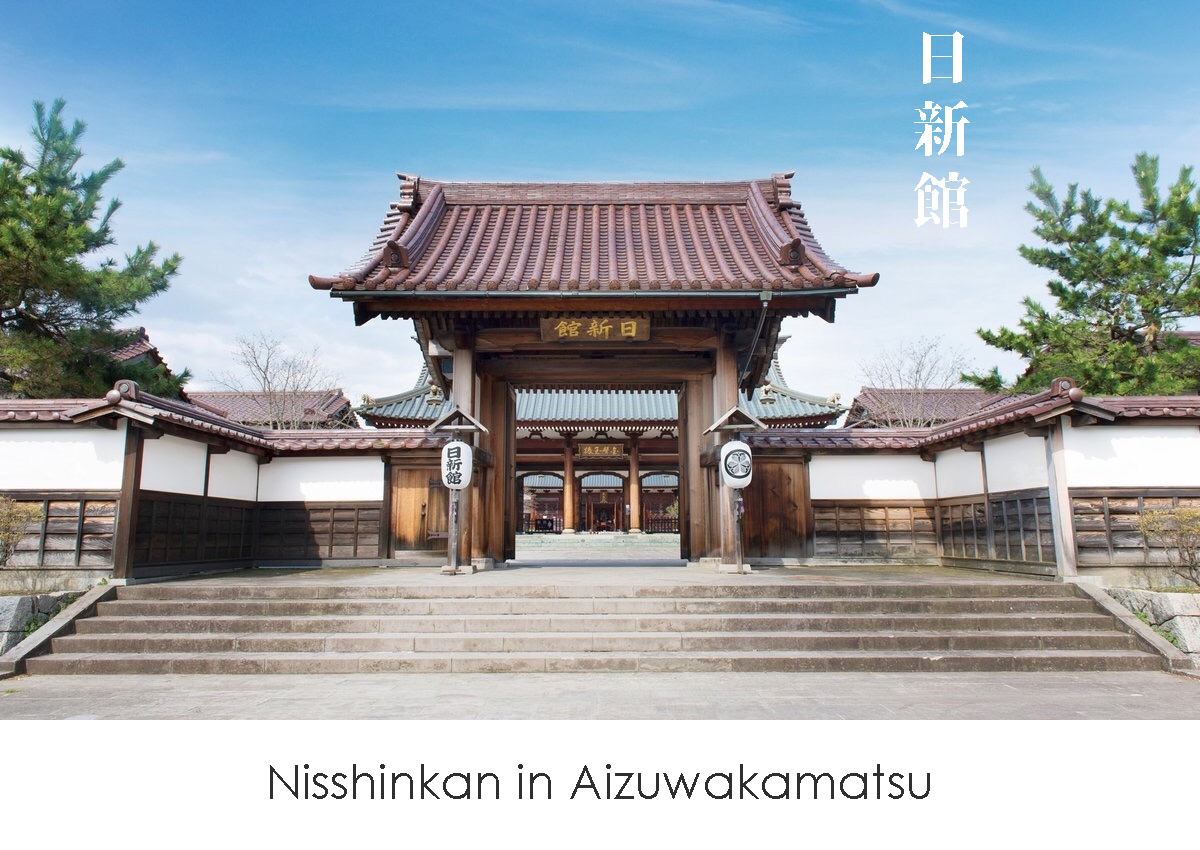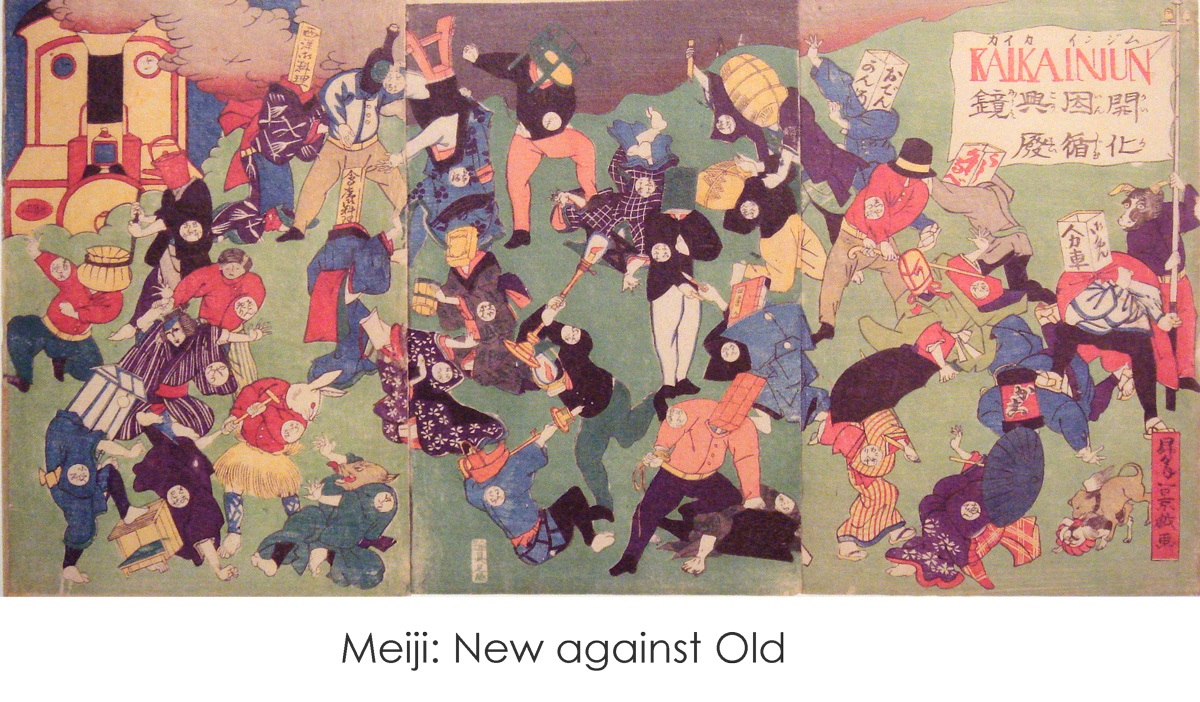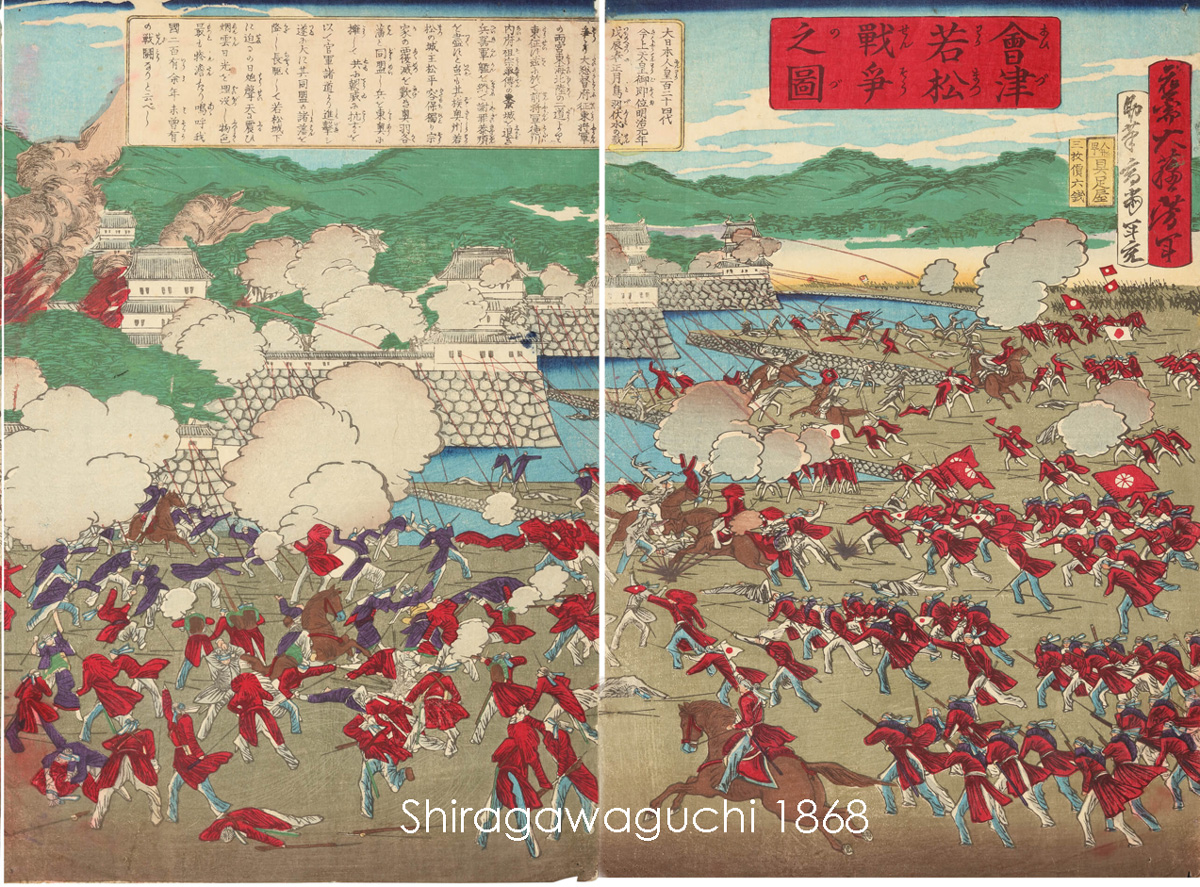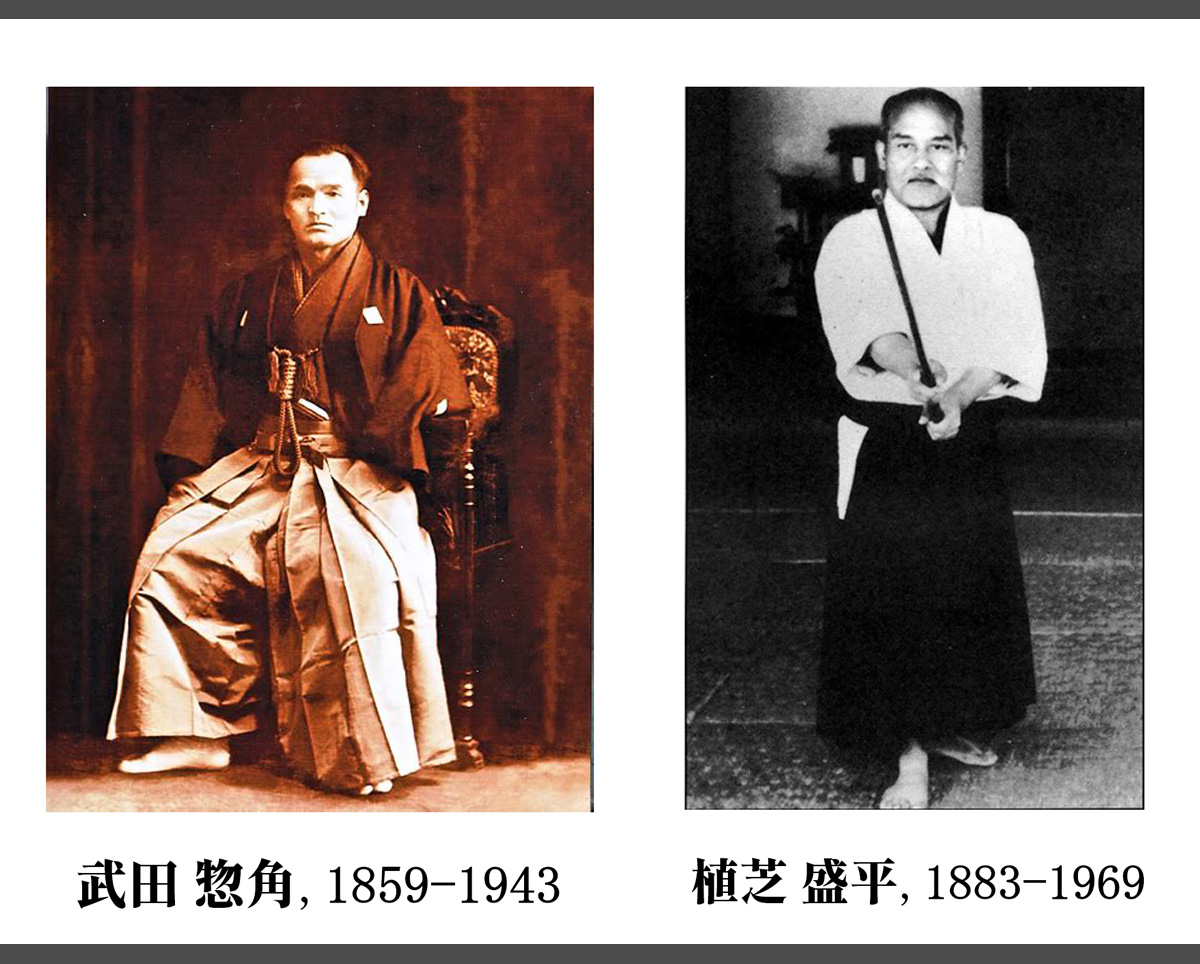11 Takeda Sokaku
Takeda Sokaku was a dedicated ronin. He constantly traveled through Japan, challenging other masters and testing himself in combat. He is said to have killed several of them. The public carrying of swords had been forbidden since 1878. The Japanese authorities eventually confiscated Takeda's sword, which he had always carried with him without permission. He spent several years on Kyushu. However, he regularly returned to Fukushima to train under the guidance of Saigo Tanomo. From 1910 onward, he lived on Hokkaido, which was just being colonized by the Japanese, as told, for example, in the 2005 film "Kita no Zeronen." It was a refuge for many who had come into conflict with the law. He rarely left the island. He also taught his martial arts to people outside his clan.
In 1915, Yoshida Kentaro (1886-1964), who was working as a spy in the USA and temporarily went into hiding in Hokkaido, brought Ueshiba Morihei, who had come to Hokkaido as a colonizer, to Takeda's dojo.

